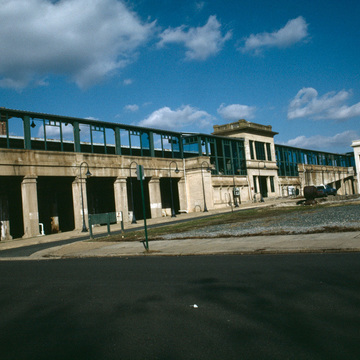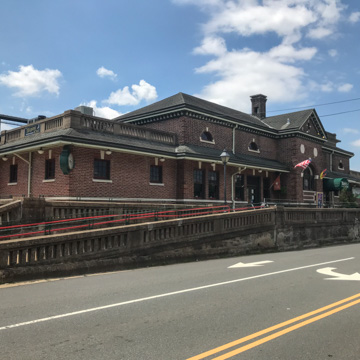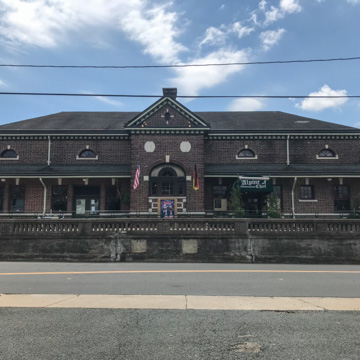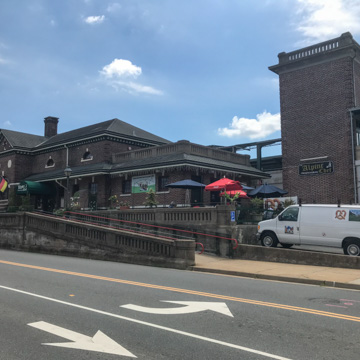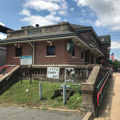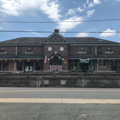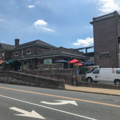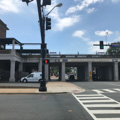The Richmond, Fredericksburg and Potomac Railroad reached town in 1837. The present station closely followed the RF&P's turn-of-the-twentieth-century Georgian Revival mode, in red brick with white trim and a strong entrance pavilion. It resembles the Alexandria station, though here the entrance portico is more pinched. Although Amtrak and the commuter rail line to Washington still use the site, the station has been converted to a restaurant. Of more architectural interest is Greiner's raised platform to the south, built for tracks that had to be elevated for a new, higher bridge across the Rappahannock in 1927–1928. The design of the various ramps, stairs, and levels is truly distinguished.
Princess Anne Street south from this point contains a variety of house types worth a detour. In general the area has been well maintained.


